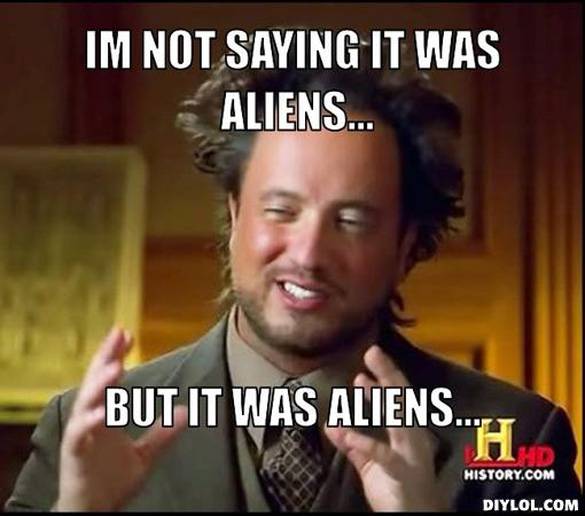Old Rocks
Diamond Member
VANCOUVER — Traces of long-lost human cousins may be hiding in modern people’s DNA, a new computer analysis suggests.
People from Melanesia, a region in the South Pacific encompassing Papua New Guinea and surrounding islands, may carry genetic evidence of a previously unknown extinct hominid species, Ryan Bohlender reported October 20 at the annual meeting of the American Society of Human Genetics. That species is probably not Neandertal or Denisovan, but a different, related hominid group, said Bohlender, a statistical geneticist at the University of Texas MD Anderson Cancer Center in Houston. “We’re missing a population or we’re misunderstanding something about the relationships,” he said.
This mysterious relative was probably from a third branch of the hominid family tree that produced Neandertals and Denisovans, an extinct distant cousin of Neandertals. While many Neandertal fossils have been found in Europe and Asia, Denisovans are known only from DNA from a finger bone and a couple of teeth found in a Siberian cave (SN: 12/12/15, p. 14).
DNA data offer evidence of unknown extinct human relative



Looks like our genetics are going to show a more interesting history than we thought.
People from Melanesia, a region in the South Pacific encompassing Papua New Guinea and surrounding islands, may carry genetic evidence of a previously unknown extinct hominid species, Ryan Bohlender reported October 20 at the annual meeting of the American Society of Human Genetics. That species is probably not Neandertal or Denisovan, but a different, related hominid group, said Bohlender, a statistical geneticist at the University of Texas MD Anderson Cancer Center in Houston. “We’re missing a population or we’re misunderstanding something about the relationships,” he said.
This mysterious relative was probably from a third branch of the hominid family tree that produced Neandertals and Denisovans, an extinct distant cousin of Neandertals. While many Neandertal fossils have been found in Europe and Asia, Denisovans are known only from DNA from a finger bone and a couple of teeth found in a Siberian cave (SN: 12/12/15, p. 14).
DNA data offer evidence of unknown extinct human relative



Looks like our genetics are going to show a more interesting history than we thought.


